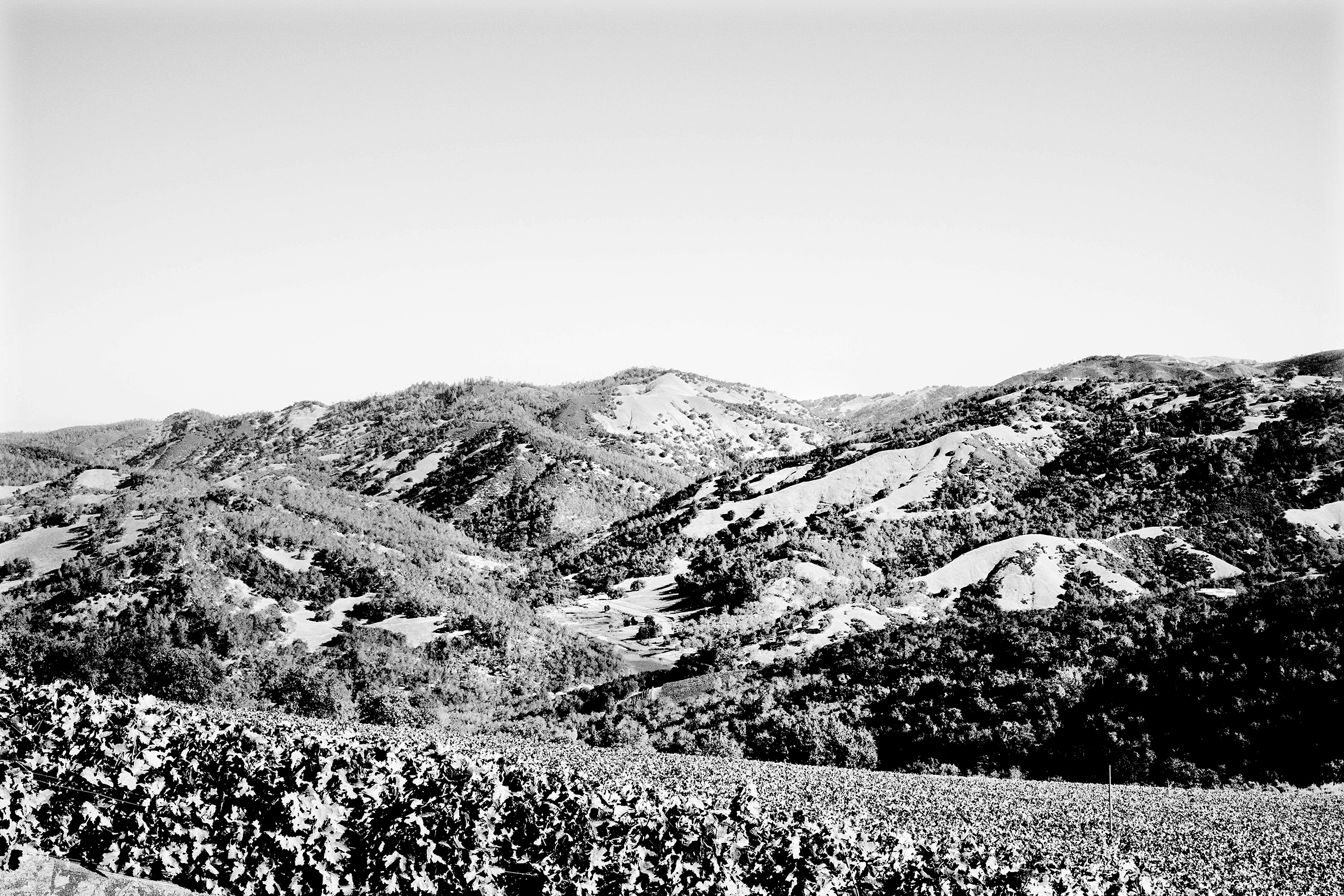12th Jul 2023
For those that know Ann Colgin—a highly discerning art expert and philanthropist with a no-nonsense Texan drawl—her namesake estate was destined to go big from the moment she put her mind to founding it in the early 1990s.

Go Big
A former director of Sotheby’s West Coast Wine Department in Los Angeles, Ann’s inaugural releases from Colgin Cellars were made from Herb Lamb’s and David Abreu’s vineyards. Colgin’s Cariad label is still sourced from David Abreu’s Madrona Ranch. Ann first invested in land in Napa Valley with the purchase of the six-acre Tychson Hill site in St. Helena in 1996, 3.5 acres of which were replanted in 1997. Then 1998 was the go-big-or-go-home moment for Colgin when she purchased a magnificent 125-acre parcel on Pritchard Hill overlooking Lake Hennessey. Because this happened to be the ninth parcel of a large land grant estate that had been sectioned for sale, the vineyard was named IX Estate (which is also the day and the month Ann wed husband and current CEO Joe Wender—9/9/2000—at IX Estate). The first Bordeaux varieties were planted at IX Estate in 1998. Two years later, more vines were added to IX Estate, including the four acres of Syrah, which is bottled as a separate label. In 2002, the IX Estate winery was completed.

Facing east so that it catches the morning sun and some respite from the afternoon’s heat, IX Estate Vineyard sits between 1100 and 1400 feet on Pritchard Hill. It’s just below Continuum’s Sage Mountain Vineyard, which offers a great view over the breathtaking expanse. Like Sage Mountain Vineyard, IX Estate’s soil is red-colored, iron-rich, and rugged, arguably possessing more rocks than viable dirt. There is something about the unrelenting nature of the land in this part of Pritchard Hill that is just magic for producing high-quality fruit with a unique savory/ferrous signature.
Earlier this year, I visited Colgin’s IX Estate to conduct a retrospective tasting of this label with Allison Tauziet, director of winemaking.

“I wanted to look at this property with you through these duos of vintages,” Allison said. “So, I’ve chosen four duos that have interesting contrasts.”
2002 was IX Estate’s first vintage release. In 2005, Tauziet joined Colgin as the assistant winemaker, working her way up to her current position, which she assumed in 2018.
Allison stressed that there is no secret formula to the winemaking at Colgin. Rather, the key is observing and adapting: “How we get that amazing quality of tannins each year differs depending on the vintages, and I adapt the winemaking accordingly.”
There is no secret formula.
As we came to taste the 2013 and 2018, two of the greatest vintages produced so far at Colgin, Allison commented, “2013 was a vintage where the presence of so much color was linked to the ripeness of tannins. The tannins this vintage are like molten chocolate. And 2018 was a year of lots of fruit thinning. The bunches were like with a starfish—you cut a leg off, and it grows back! We really had to manage the yields that year. But the season was so moderate, so there was nothing to stress the vines. We didn’t have the late-season heat.”
The real surprise from this line-up was what a stunner the 2017 is shaping up to be.
This was a challenging vintage in Napa Valley because of the extreme heat event in early September and the wildfires in October. “In 2017, we had very small berries,” said Allison. “The shade cloths we used during the Labor Day heatwave really did wonders. 2017 surprised me today too. That year was so stressful, but the wine is beautiful.”
By the end of 2017, a 60% stake in Colgin Cellars was sold to the French luxury brand group LVMH. Since then, thus far, there has been little discernable change in the style or the quality of the wines. But the go big news since the LVMH investment is the plan to double the size of IX Estate’s vineyard.
“We’re now developing a new section,” said Allison. “The original planting is 20 acres, and ultimately, we’ll have another 20+ acres, but for the first phase, we’ll have another 11 acres. We know how important the preparation of the soil is. With great prep, you get more growth early on and uniformity. This is all weathered volcanic rock; we have to rip the ground to 36 inches. There are boulders here the size of cars! But we have more equipment these days. Now we can anticipate how much rock there will be, and we’re crushing it to put back into the vineyard and using it to make the road. Also, because we are in a watershed, we can now only work from April to September. So, it takes us four years to do what took us one year before.”
Due to their proximity to the wildfires in 2020, no Colgin Cellars wines were made.
"With 2020, we were given an opportunity for reflection," said Allison. "Which was important, given how far we have come and all the big changes to come."

–
Article & Reviews by Lisa Perrotti-Brown MW
Photography by Johan Berglund

PRODUCERS IN THIS ARTICLE
> Show all wines sorted by scoreMore articles

Cathiard Vineyard New Releases
02nd May 2024
3 tasting notes

Bordeaux 2023 Preliminary Vintage Report and Reviews from Barrel
29th Apr 2024
56 tasting notes

2021 Bordeaux in Bottle and A Modest Proposal
24th Apr 2024
599 tasting notes

Pilcrow’s New Releases
18th Apr 2024
7 tasting notes
Show all articles